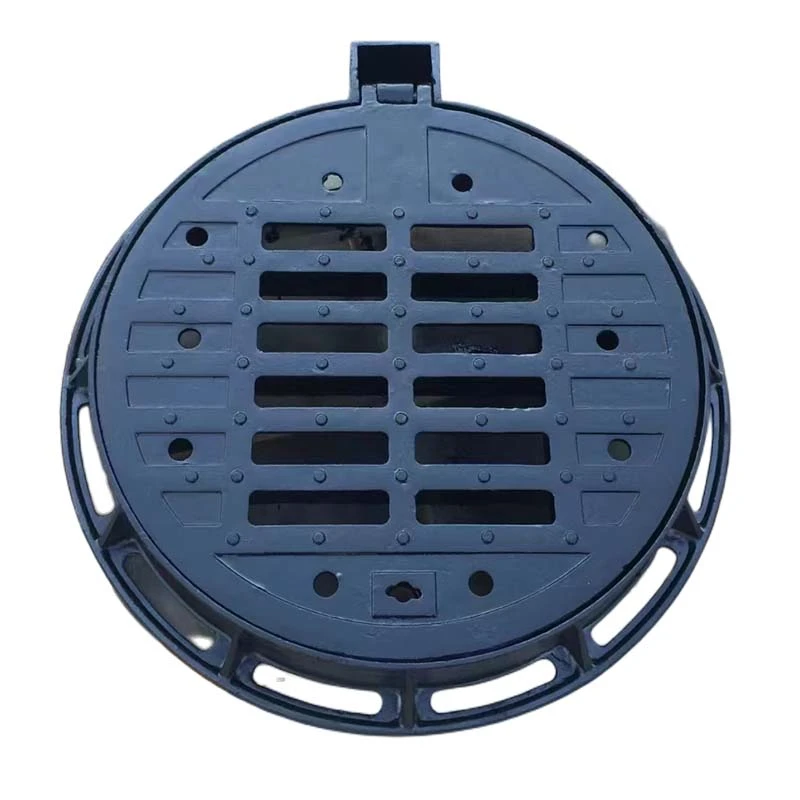Metal Tree Grate Design for Urban Landscaping and Sustainable Environment Enhancement
The Role and Benefits of Metal Tree Grates in Urban Landscaping
As cities continue to expand and evolve, the integration of nature into urban environments has become increasingly important. One innovative solution that has gained traction in recent years is the use of metal tree grates. These structures serve not only a functional purpose but also contribute to the aesthetic appeal and ecological health of urban spaces. This article explores the significance of metal tree grates and their multiple benefits for city planning and landscaping.
Understanding Metal Tree Grates
Metal tree grates are protective structures placed around the base of trees in urban settings. Typically made of durable materials such as wrought iron or aluminum, these grates serve various purposes. They provide a stable surface that allows pedestrians to walk comfortably without damaging the soil or disrupting the tree's growth. Additionally, they protect the tree trunk from potential damage caused by mowers, vehicles, and foot traffic.
Enhancing Aesthetic Appeal
Incorporating metal tree grates into urban landscapes greatly enhances aesthetic appeal. Available in a multitude of designs, colors, and finishes, these grates can complement the overall theme of a public space. They can be customized to reflect the local culture and history, adding an artistic touch to the environment. Furthermore, well-designed grates can serve as attractive elements that draw attention to the trees, making them focal points in parks, sidewalks, and plazas.
Promoting Urban Greening
metal tree grate

Urban greening has become a vital factor in improving the quality of life in cities. Metal tree grates facilitate this by allowing rainwater to penetrate the soil while preventing soil compaction. This enables the tree to absorb necessary nutrients and water, fostering healthier growth. Additionally, these grates can be designed with openings that encourage the growth of grass or ground cover plants, further enhancing biodiversity in urban environments.
Addressing Environmental Challenges
One of the significant challenges faced by urban areas is heat retention, often referred to as the urban heat island effect. Trees play a crucial role in mitigating this phenomenon by providing shade and cooling the surrounding area. Metal tree grates, while protecting the base of trees, help to maintain the surrounding ecosystem, contributing to lower temperatures and improved air quality. Moreover, they can be integrated with stormwater management systems to capture runoff, reduce flooding risk, and enhance groundwater recharge.
A Sustainable Choice
The sustainability of urban landscapes cannot be overstated. Metal tree grates can be manufactured using recycled materials, contributing to the overall sustainability of the urban environment. Their durability ensures that they can withstand harsh weather conditions, reducing the need for frequent replacements and minimizing waste. In addition, they require minimal maintenance, making them a cost-effective solution for city planners.
Conclusion
In conclusion, metal tree grates are far more than mere protective coverings; they represent a harmonious blend of functionality, aesthetics, and environmental benefits in urban landscaping. Their ability to enhance the growth of urban trees while contributing to the overall beauty of public spaces speaks to their importance in modern city planning. By investing in metal tree grates, cities not only protect their green assets but also promote sustainability and improve the quality of life for their residents. As urban areas continue to grow, embracing such innovative solutions will be crucial for fostering a healthier and more vibrant environment.
-
The Smarter Choice for Pedestrian AreasNewsJun.30,2025
-
The Gold Standard in Round Drain CoversNewsJun.30,2025
-
The Gold Standard in Manhole Cover SystemsNewsJun.30,2025
-
Superior Drainage Solutions with Premium Gully GratesNewsJun.30,2025
-
Superior Drainage Solutions for Global InfrastructureNewsJun.30,2025
-
Square Manhole Solutions for Modern InfrastructureNewsJun.30,2025
-
Premium Manhole Covers for Modern InfrastructureNewsJun.30,2025
